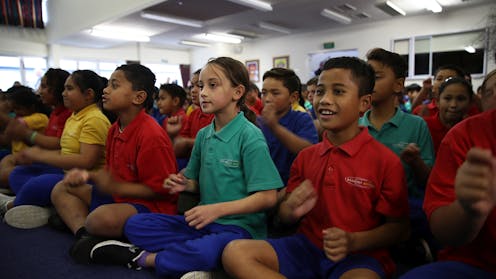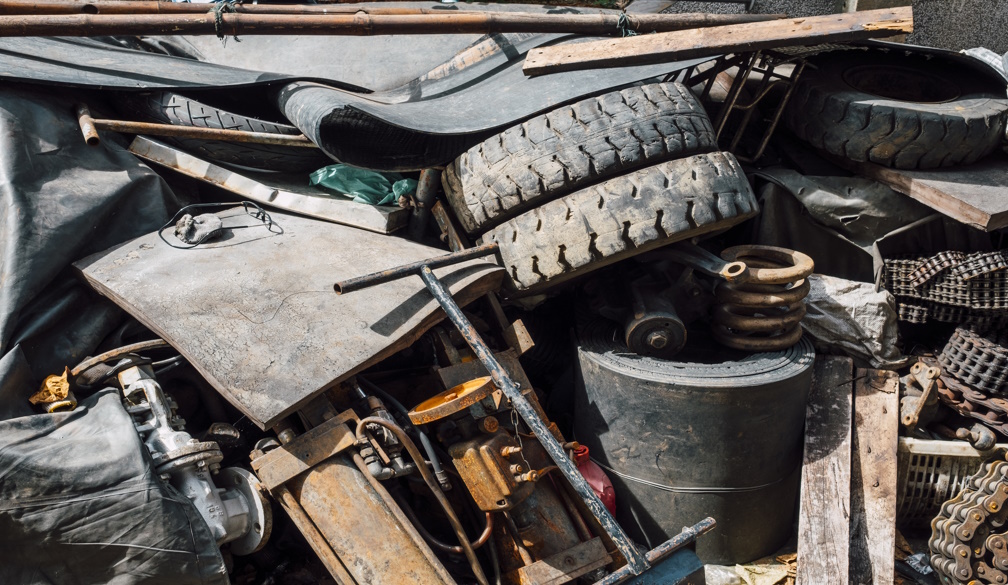Why investment in clean indoor air is vital preparation for the pandemics and climate emergencies to come
- Written by Amanda Kvalsvig, Research Associate Professor of Public Health, University of Otago

Each day, we breathe more than 7,000 litres of air. Unsurprisingly, the quality of this air really matters. And given most of us spend a significant part of the day inside, clean indoor air is essential.
It keeps us alert and focused and protects us from the harmful effects of air pollution, including cancers and asthma. It can also slow the spread of respiratory infections through the community.
During last week’s 80th United Nations General Assembly, indoor air experts launched the first international effort to formally recognise clean indoor air as essential to health.
The global pledge for healthy indoor air, championed by the Australian Academy of Science and the Burnet Institute, one of the country’s leading medical research groups, has already been signed by more than 150 organisations. It represents a landmark in building a global community to demand better indoor air conditions.
Australia leadership in initiating the pledge is in stark contrast to New Zealand, which is not active on the global stage and as yet has no indoor air agency, strategy or national standards.
Clean air is as important as clean water
The COVID pandemic has accelerated understanding of the importance of healthy indoor air and how to achieve it.
There is compelling evidence of the value of healthy indoor air. On the flip side, we also have evidence of the cost of inaction, estimated to be in the billions of dollars from the loss of health and productivity.
Clean air is a universal health protection, just like clean drinking water.
It was once common for major cities such as London to experience cholera epidemics. But public health initiatives during the 19th century to separate drinking water from wastewater ensured there was no way for cholera to spread.
Thanks to the foresight and persistence of those early pioneers of public health, a cholera epidemic would be unthinkable in London today. What’s more, high-income countries have no need to fear other waterborne outbreaks. Effective prevention is already hardwired into cities and communities.
The enduring benefits of being able to control the risk of waterborne infectious disease outbreaks suggest prevention of airborne epidemics and pandemics should be a logical next step.
The human and financial cost of respiratory infections is colossal, with an estimated cost of influenza at US$11.2 billion in the United States alone. For respiratory infections other than influenza, the yearly cost (in the US) stands at $40 billion.
We are well overdue for a shift in the perception that we cannot afford better ventilation systems. We need to follow the example of the 19th-century investment in clean water, this time to clean the air.
Pandemic preparedness
Investment in clean indoor air is vital preparation for the pandemics and climate emergencies to come. Indeed, since future pandemics are highly likely to be airborne, countries can measure their pandemic and climate preparedness in terms of how well, or otherwise, they are able to clean the air in public settings.
The global scorecard is in poor shape: every year, multiple viruses spread unchecked in schools, workplaces and healthcare settings.
Every COVID wave and winter flu season is a reminder of vulnerability to a new pandemic; every wildfire highlights the escalating threats to the quality of the air we breathe.
Once we experience the benefits of clean indoor air – imagine getting through winter without needing to take time off work or school – we’ll never want to go back.
But where to begin? Here are three principles to start translating evidence into meaningful action.
1. To improve indoor air, governments need to take a strategic approach with clearly articulated priorities and timelines. We cannot solve poor quality of indoor air everywhere at once.
A good starting point for respiratory infections, for example, would be to direct resources to the places where people gather every day to work, learn and access healthcare.
2. Healthy indoor air needs to be recognised for what it is: a human right and essential protection for population health. This means setting mandatory indoor air standards for buildings, including housing, and establishing national agencies to implement them.
There must be accountability. We know recommendations and guidelines aren’t enough to deliver safe drinking water, and the same applies to clean air.
3. We need to lead from the community, too, and identify clean air champions. Young people are already taking up the challenge. Schools and workplaces have a responsibility to protect the health of everyone who visits or attends. They need appropriate resources to meet that responsibility.
Occupational protections and citizen science initiatives can focus collective action to clean the air, one office or classroom at a time. Each action, no matter how small, becomes a building block of our everyday public health infrastructure, our pandemic preparedness and our climate response.
The authors acknowledge the contribution by Bronwyn King, of Tobacco Free Portfolios.
Authors: Amanda Kvalsvig, Research Associate Professor of Public Health, University of Otago


















